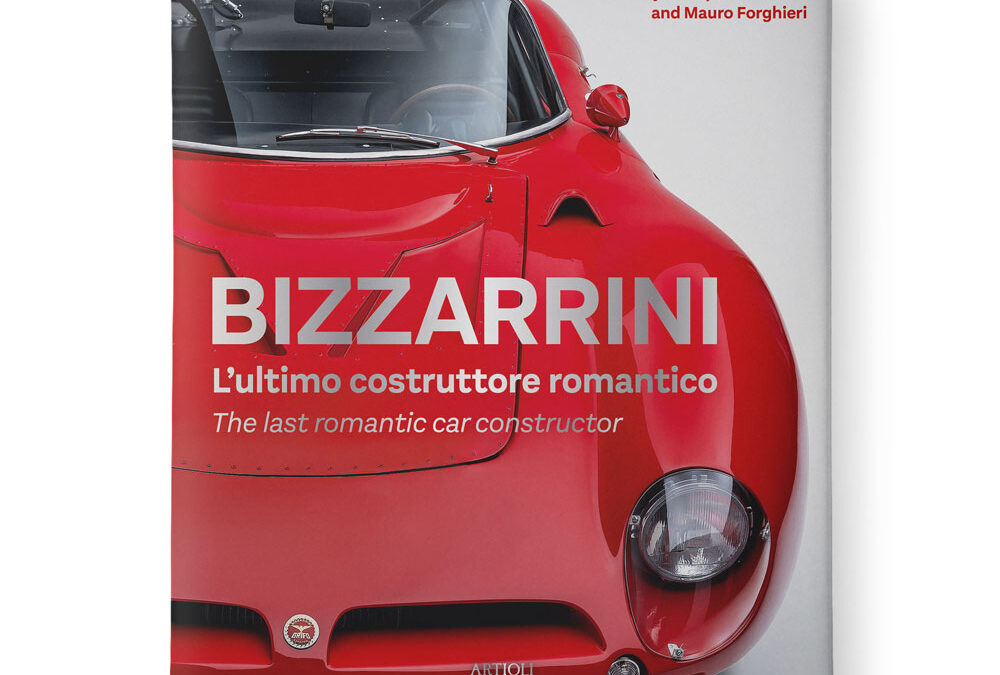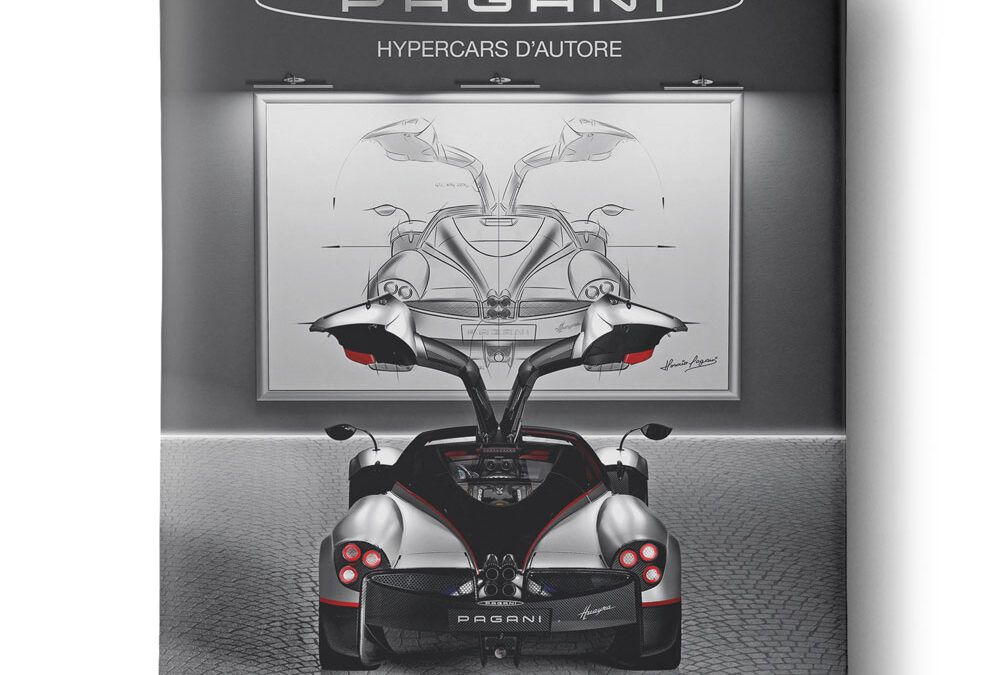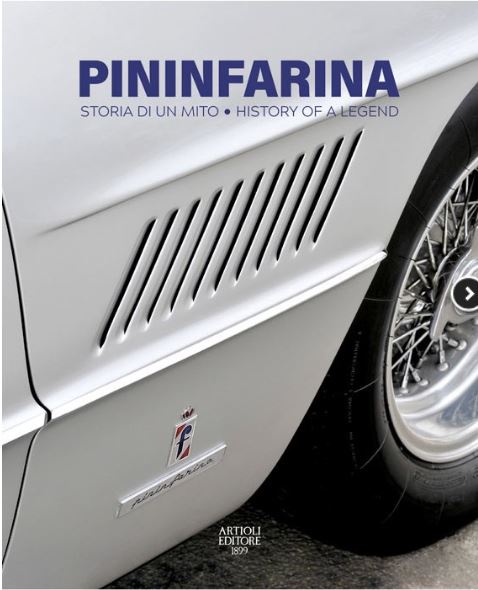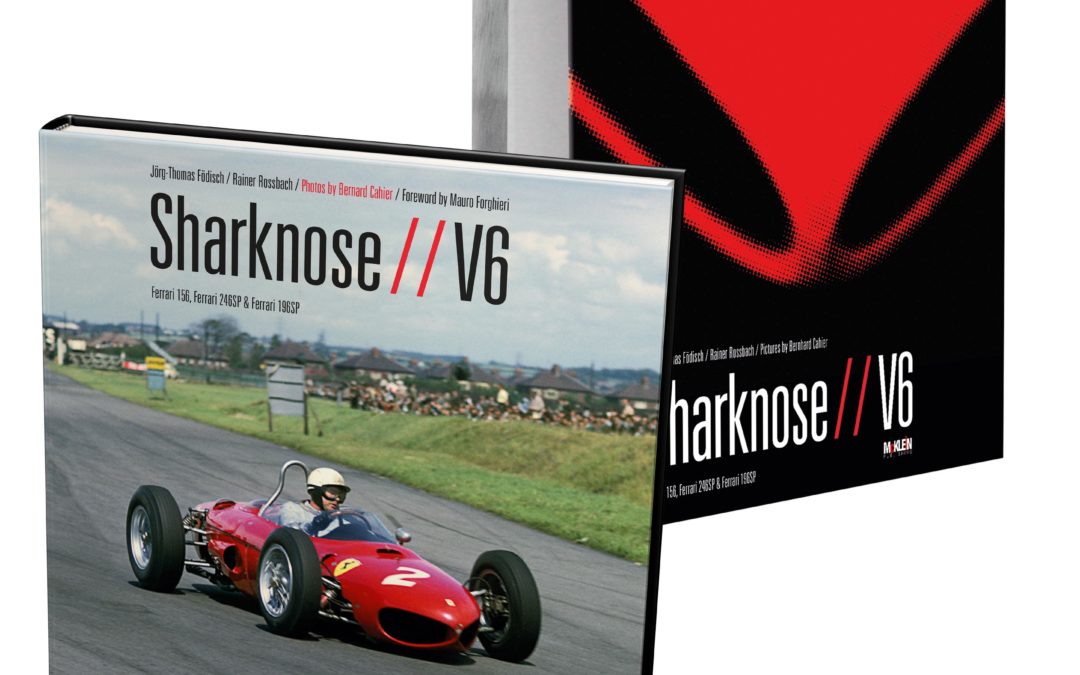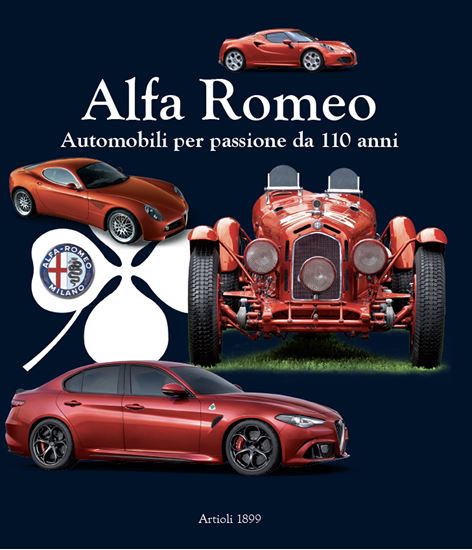
The world will always remember Neil Armstrong and Buzz Aldrin for their first steps on the moon, yet few today hold in respect the sites that made these and other astronauts’ journeys possible. Across the American landscape and on the lunar surface, many facilities and landing sites linked to the Apollo program remain unprotected. Some have already crumbled to ruins–silent and abandoned. The Final Mission explores these key locations, reframes the footprints and items left on the moon as cultural resources, and calls for the urgent preservation of this space heritage.
Beginning with the initiation of the space race, the authors trace the history of research, training, and manufacturing centers that contributed to lunar exploration. From the early rocket test stands of Robert H. Goddard, to astronaut instruction at Meteor Crater, to human and primate experiments at Holloman Air Force Base, innumerable places proved critical to developing the equipment for exploring space, surviving the journey, and returning to Earth safely. Despite their significance to the history of human spaceflight, many landmarks face the threat of damage or destruction. Most alarming is that the rapid advancement of technology renders stations obsolete long before they are deemed worthy of preservation. Moreover, the lack of precedence for protecting off-planet artifacts poses a unique challenge for space archaeology. While NASA’s 2011 recommendations for spacefarers suggest avoiding close proximity to this cultural landscape, the authors advocate stronger routes of preservation and present models for safeguarding space history–both on Earth’s surface and beyond.
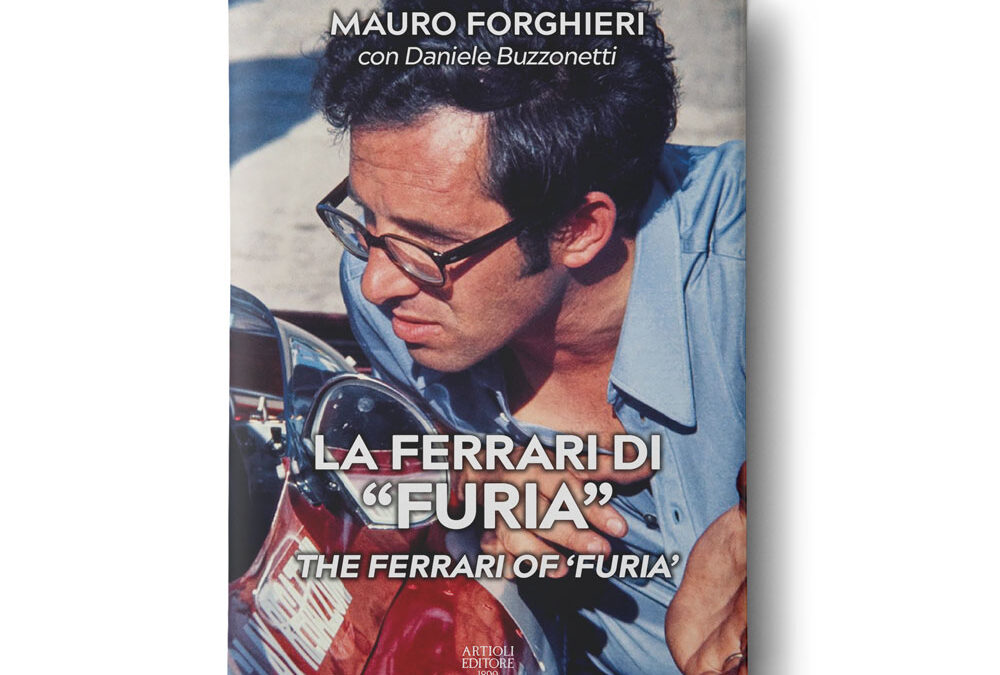
Always brilliant and clever, the engineer Mauro Forghieri seemed like a man out of time.
To enable a wider audience of enthusiasts to discover the fundamental role the engineer played at Maranello, from 1960 to 1987, we offer the story of his memories, which he himself dictated.
The history of Ferrari, as told directly by the engineer Mauro Forghieri, protagonist of the most exciting period of events linked to the Prancing Horse manufacturer.
It starts from the unpublished “Characteristic note” of June 1960, a sort of “report card” (with evaluations in Intelligence, Attitudes, Discipline, Attachment to Work, Culture), which concluded his three-month trial period, up to the resignation of the engineer himself on May 27, 1987, a year before the death of the legendary Maranello carmaker.
These were the years of great growth for Ferrari, the battle with Ford in endurance races, the legendary 312T taken to the highest level by Niki Lauda, the transition to turbo engines with Gilles Villeneuve. Numerous victories (54 world championship GPs and 11 Formula 1 Drivers and Constructors world titles), all with projects designed by engineer Forghieri, Ferrari’s “shadow man” and witness to everything that happened in the factory and on the racetracks.
An authentic Ferrari story, divided into forty-one chapters, unique because it was dictated and authorized by the renowned Italian engineer who sadly passed away on November 2, 2022.
· 272 pages
· Color and B/w Images
· Size: cm 17×24
· Languages: Italian & English
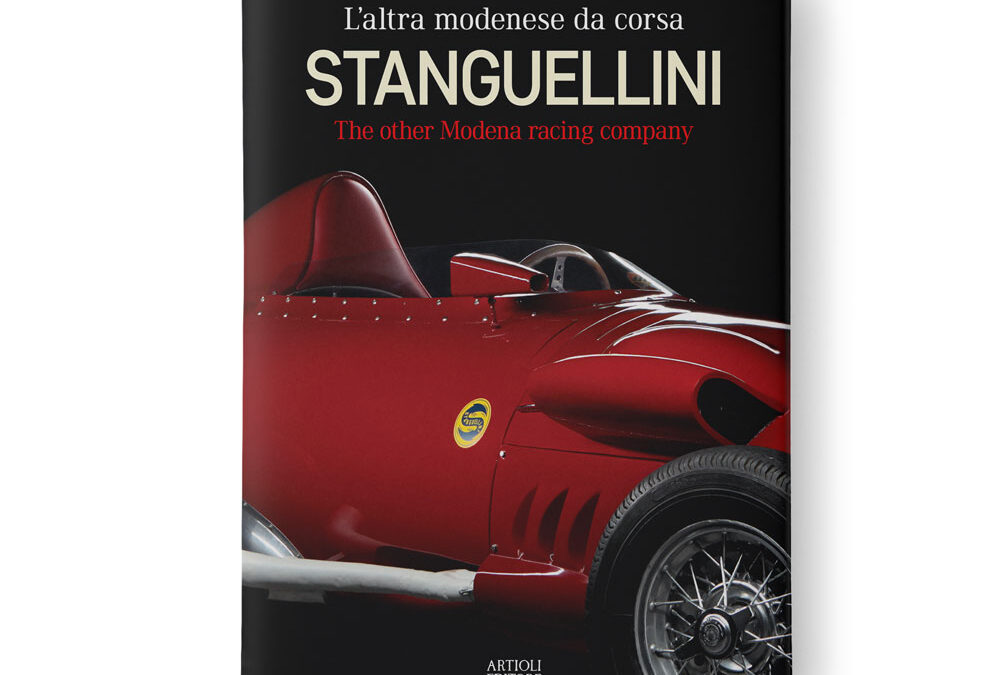
The first of the ten chapters included in the book is a bit of a provocation. In fact, it recalls how a ‘small’ Stanguellini Sport 1100 car, thanks to excellent road holding, beat the new and still ‘green’ Ferrari with a 12-cylinder engine of 1500 cc, in some races of the 1947 season, the debut one for the newly-founded Prancing Horse manufacturer. The ‘snub’ received from another Modena-based company, which was just as committed to the construction of sports cars, albeit with a smaller engine displacement, certainly annoyed Enzo Ferrari but in any case, he had very little to complain about. He had too much respect and friendship for the ‘Magician’ Vittorio Stanguellini, ever since the latter showed up in Modena racing circles in the company of his father Francesco, a pioneer of local motorsport. Stanguellini of Modena was a large family: in the second half of the 19th century, Celso, father of Francesco Sr., had founded a company for the construction of orchestral kettledrums with patented mechanical tuning. From there, it was a short step to the ‘mechanics’ of automobiles: Francesco Sr. became Fiat’s first representative in Modena, while his son Vittorio later extended the agreement with the Turin-based company, but his passion and technical ability also lead to the tuning and construction of racing cars as early as the early 1930s. Vittorio certainly knew his way around and he put together a small empire, based above all on the Sport 750 and 1100: the workshop in Viale Moreali, and later the larger one in Via Schedoni, become a worldwide benchmark, which from 1958/59 was confirmed with the construction of the Formula Junior cars (what would later become Formula 3), intended for up-and-coming drivers. The Stanguellini Formula Junior with a 90 hp Fiat 1100 engine and a top speed of 200 km/h was the most popular and successful car in the crowded category. However, the Formula Junior regulations required that the engine was derived from a production car, albeit with a wide range of tuning possibilities. As he was linked to Fiat, in the 1960s Vittorio Stanguellini, now flanked by his son Francesco Jr., built some Formula Junior (including the modern ‘Delfino’) and then Formula 3 single-seaters, with engines derived from the ‘1300’ and ‘124’ of the Turin-based company. Thanks to the copious archive material of the brand (photographs and documents), the book reconstructs in detail the history of the manufacturer from the blue ‘S’ on a yellow background (the colours of Modena), summarized by the extensive Museum, set up at the time by Francesco and now impeccably curated by his daughter Francesca: fifth generation of the ‘racing’ Stanguellini family. A chapter of the book is dedicated to the Museum and it is basically a ‘guided tour’ of the cars and the curiosities it hosts. The same cars, perfectly restored, were photographed outside in a spectacular way and can be admired in the ‘portfolio’ combined with the same book.
Hardcover
English and Italian Text
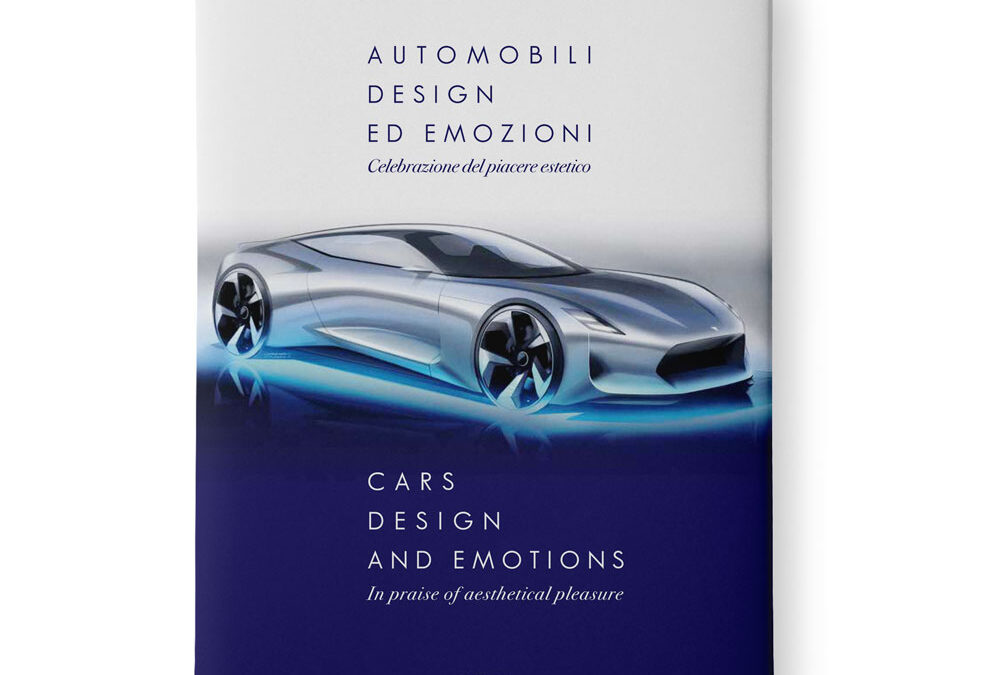
A celebration of aesthetic pleasure
A leading figure in the sector of car design (with important roles in the Peugeot-Citroën Group and at Pininfarina), the author draws his inspiration from the fundamental role that aesthetic gratification has always played in the relationship between man and the automobile.
Among the topics addressed, the birth and evolution of the profession of automotive designer, with extensive historical references, linked to the great ‘coachbuilders’ of the 1920-1960s period and to the evolution of the last 30 years, which led to the creation of the Style Centres of the major manufacturers, no longer integrated and therefore subordinate to technical management.
Starting from personal experience, considerable space is dedicated to the problems and choices that a car designer must inevitably face, reconciling the artistic side with the industrial context in which he operates. Concepts and rules that allow you to see the birth of a model that will be mass-produced, starting from the first sketches on a white sheet of paper. With concrete examples, referring to cars from Citroën, Peugeot, Maserati and Pininfarina.
The book also includes an appendix, dedicated to the most famous car designers of yesterday and today, which allows you to find out who created the style of famous cars, in many cases generically attributed to the manufacturer or the coachbuilder, where the designer himself was working…
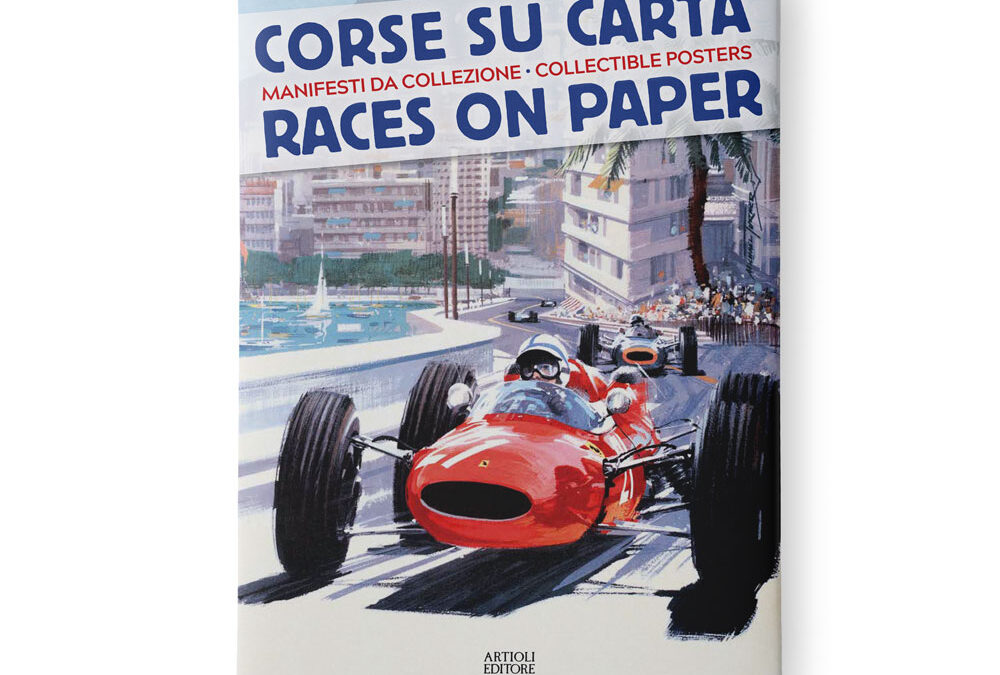
The golden age of posters linked to car racing starts with the early days of motorsport and ends with the beginning of the 1980s, when the evocative power of the image was replaced by other requirements. A photograph of a real car began to occupy the space previously provided by a sketch, inserted in a graphic that most of the time was of great effect.
Often the sketches were commissioned to famous artists and the manifesto acquired the connotations of a masterpiece. The races of the 1920s and 1930s are noteworthy, characterized by the realistic style of the Twenties, but those of races in the 1950s and 1960s, such as the Formula 1 Monaco Grand Prix series, are equally impressive.
Divided according to the characteristics of the races mentioned (pre-F1 World Championship Grands Prix, titled Grand Prix races, post-1950 Grands Prix but not valid for the World Championship, Sport-Prototypes, Mille Miglia and other road competitions), the posters chosen are a true rarity and span over 70 years of motorsport history. They have been chosen from the precious collection of the enthusiast Lauro Malavolti, famous all over the world.
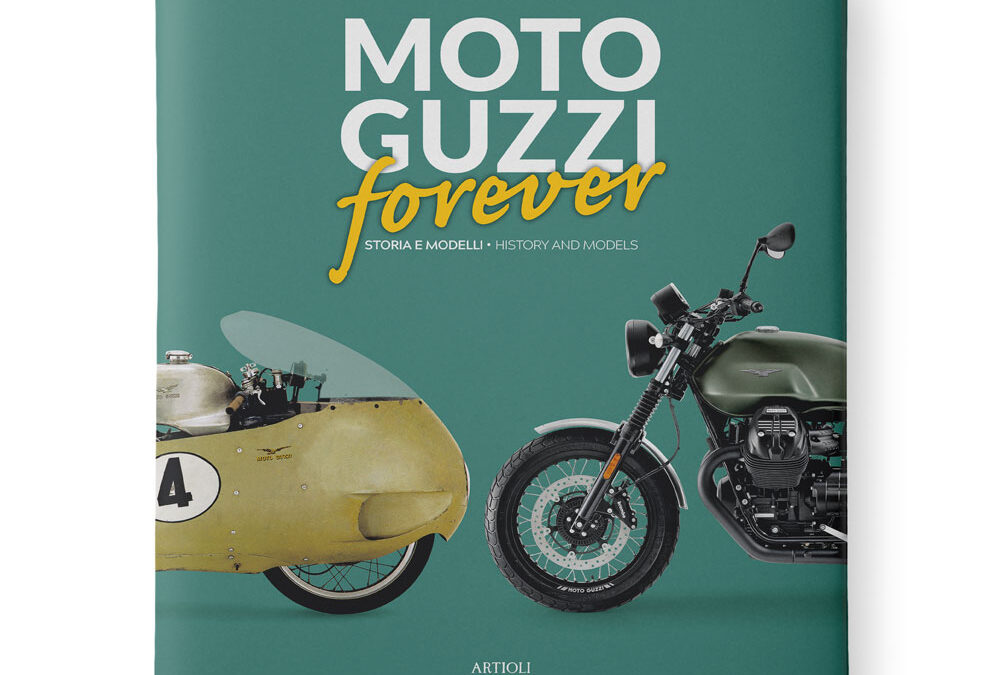
Perhaps only the most diehard fans, among the many Moto Guzzi enthusiasts, are aware of the technical affinity between the single-cylinder engine of the racing ‘250’ from the Mandello company and the V12 unit of the first Ferraris. It’s a surprising connection that is explained by the fact that the technician Gioachino Colombo was a keen admirer of the engine that Carlo Guzzi had designed for the racing bike, at the top in GPs with the names of ‘Albatros’ and ‘Gambalunghino’. In the years following the end of the war, Colombo designed the engine of the first Ferrari by considering the concepts of Mandello: overhead camshaft distribution, with rocker arms and needle valve springs, bore and stroke measurements, the same between their values or with minimal differences. Thus, the first V12 from Maranello to arrive at the fateful 3000 cc limit was a Guzzi multiplied by 12: the same bore and stroke (68×68 mm) and obviously identical unit displacement: 246.8 cc.
It is one of the many curious anecdotes contained in this book that accompanies the story of the events that have characterized the chronology of the brand (five important corporate changes, from the initial union between Carlo Guzzi and the Parodi family from Genoa, up to its entry into the Colaninno Group), to the description of all the models produced by the legendary of Mandello del Lario workshops, for road and racing.
A typically Italian phenomenon, deeply linked to the personality of the product, Moto Guzzi has never created banal bikes: on the contrary, it has continuously improved technique and style, without betraying its originality.
Faithful to the 90° V-twin engine, conceived for ‘fast touring’, Moto Guzzi has managed to demonstrate that even with that typical ‘road-going’ technical configuration, the company could also tackle racing. This is confirmed by the detailed account of the era of production-based motorcycle racing series of the 1970s and of the even more sensational victories in the ‘Battle of the Twins’ at Daytona, in the first decade of this century.
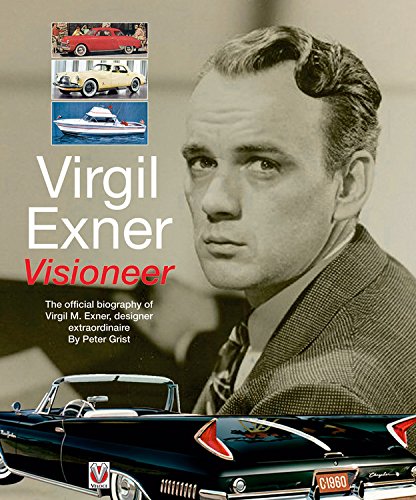
The story of a man that brought his own personal style to the world of industrial design, from automobiles to powerboats. Some 50 years after his design masterpieces wrested styling leadership away from General Motors – Harley Earl. Thirty four years after his untimely death, Virgil Exner’s name still remains inexorably linked to the Chrysler Corporation in the minds of car enthusiasts worldwide.
For an all too brief period, Exner’s name epitomised all that was great and exciting in America. His thrilling automobile designs from the mid-fifties took the world by storm and put Chrysler at the top. His work was nothing less than a revolution. Until the mid-fifties, engineers, creating cars that were reliable but invariably staid and conservative, had dominated auto design. Exner introduced to Chrysler, firstly with his ‘idea cars’ then with production models, vehicles that were wanted for their looks but at the same time, were soundly engineered; automobiles that carried classic proportions and gave the illusion of movement even whilst stationary. His design of the 1947 Studebaker established the design pattern for all modern cars and was a huge success. Along with automobile styling, his talents stretched to many other areas of industrial design, from trains to trucks and boats to Buicks.
This book gets behind the character of the man, his strengths and weaknesses, his personal tragedies and his vision of modern transport. Uncover why he set up in competition with Raymond Loewy, get the real facts behind historic inaccuracies and why he was made scapegoat for the sales disaster of the early sixties, Then delight in his fine artwork and his love of motor racing. With many previously unseen works of art and family photos among the 150 colour images throughout this is a unique and fascinating insight into a pivotal player in the development of the modern automobile.
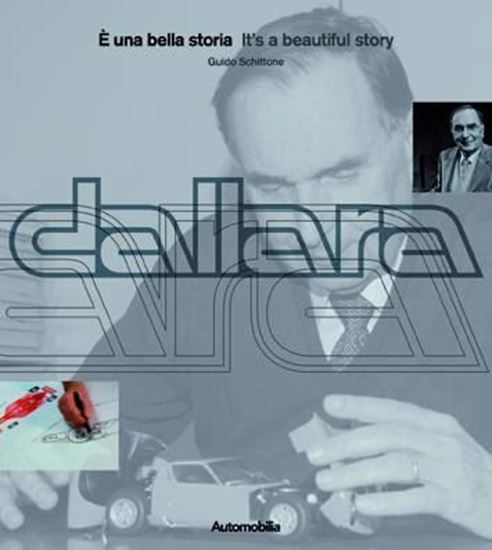
Gian Paolo Dallara’s story is a story of passion in which the vicissitudes of life interweave with those of a company which, having started life in a small garage, has become a benchmark for technological achievement in motor racing. Both man and company are inextricably linked with the little town of Varano de’ Melegari which nestles in the foothills of the Apennines 20 kilometres from Parma. Dallara and his cars have even conquered Indianapolis, the home of American motor sport and headquarters of Dallara USA. From Varano to the world: an incredible story. A beautiful story. Told by Guido Schittone, a television journalist with a love of the printed word, with the contribution of Pino Allievi, Eddie Cheever, Cesare Fiorio and testimonies of Mario Andretti, Paolo Barilla, Aldo Costa, Piero Ferrari, Dario Franchitti, Emanuele Pirro, Lorenzo Ramaciotti, Jean Todt, Frank Williams.

Lights Out, Full Throttle is the hilarious account of life in the F1 pit lane from two legends of the sport, Damon Hill and Johnny Herbert. Damon and Johnny here. Motorsport’s answer to Ant and Dec, just a lot more comprehensible and, all in all, a wee bit taller. Between us we have about 100 years’ experience of driving cars quickly and have competed in 261 Grand Prix spawning 25 wins, 49 podiums, one World Championship and 458 championship points. We even have a win at Le Mans to our names, as well as two smashed ankles, a broken arm, a broken wrist, a broken leg, about sixty broken ribs, a pierced upper thigh that missed Johnny’s twig and berries by millimetres, and a bruised ego or three.Basically, we’re two middle-aged men who are both what you might call physically compromised. That said, contrary to popular belief, we still have a modicum of bladder control and can talk Formula 1 with the best of them. Which brings us to our book. Despite its immense popularity, when it comes to things like humour and absurdity, Formula 1 is not exactly a ride on the big dipper and in that respect it hasn’t buttered our parsnips for decades. Well, nil desperandum boys and girls because we, Damon Graham Devereux Hill, OBE, and John Paul Herbert, No BE, are here to put the F back into Formula 1 by ditching aerodynamics, clean air and tyre degradation in favour of honest, forthright opinions and apocryphal stories involving automotive derring-do. And, derring-don’t!

Covers the complete history of Audi from 1899-2009, in fascinating text and 1,000 illustrations
From the very start, the four interlinked rings were the brand emblem of Auto Union AG, the second-largest German motor-vehicle manufacturer when the company was formed in the town of Chemnitz in 1932. The rings symbolized the indissoluble character of the entity created by the merger of four motor-vehicle brands from the German state of Saxony: Audi, DKW, Horch and Wanderer. This emblem summarized the tradition of car and motorcycle construction in that region, already many decades old, and was also evidence of the companies’ determination to continue shaping the future of the motor vehicle. Today, Audi AG makes the same statement with its four-ring emblem: awareness of tradition, orientation toward the future.
Four Rings: The Audi Story presents the history of Audi comprehensively and in a stimulating, highly informative manner, and includes company and product history data. The reader will be taken on a journey through a century of modern history and will experience the profound economic changes that occurred during this period. More than a thousand illustrations bear witness to the developments during this exciting period, and there are tables that round off the factual information provided and give the book the character of a work of reference.
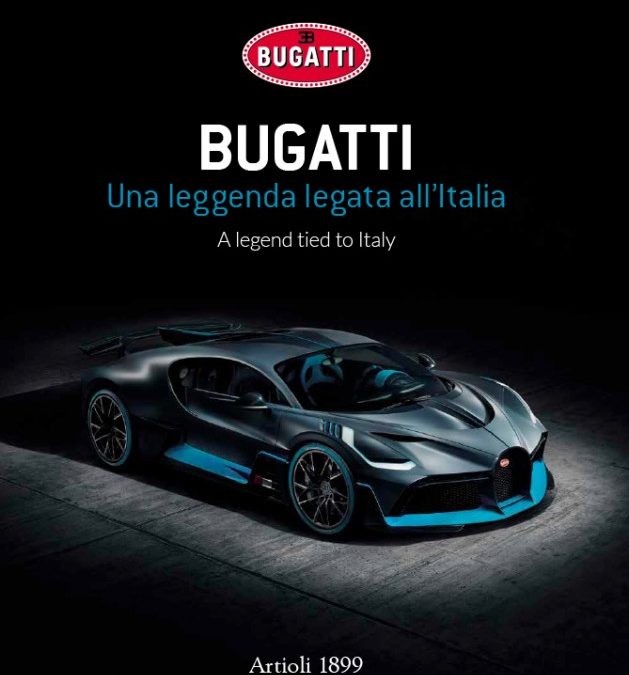
The rediscovery of the wondrous ‘Bugatti’ world made up of extraordinary cars, at centre stage in the first three decades of the last century and magically put back together on the outskirts of Modena between the ’80s and 90s, has taken off again more recently thanks to the boost provided by the Volkswagen Group.
This Group has promoted the making of sensational supercars, which, in terms of features and performance, are by far the most unique cars in the world, ranging from the various versions of the EB 16.4 Veyron on through to the Chiron, which with its 1500 bhp easily reaches 420 km/h, and the more recent Divo at a price of five million euros.
The book begins with an exclusive, long interview with Stephan Winkelmann, President of Bugatti Automobiles S.A.S., who explains the characteristics and the motivating force behind the most amazing brand in the automotive industry.
This is a sensational project symbolically linked with the previous period of management of the Bugatti brand, when through the efforts of the Italian entrepreneur Romano Artioli, the brand underwent a brilliant relaunch, which enabled production of the EB 110 sports car in the futuristic Campogalliano factory. In the mid-1990s, the Bugatti EB 110 was the fastest production car in the world.
Much of the book also deals with Bugatti cars in the days of Ettore Bugatti, who was born in 1881 in Milan and still stands tall amongst the greatest automobile engineers and entrepreneurs. Bugatti cars were meant to be astonishing because of their ingenious features and performance, but also because of their beauty and character.
Retracing the historical transitions of the Bugatti brand is a sort of total immersion in the most exclusive world of motor racing, with continuous transitions between technology, lifestyles, design and the history of costume and fashion.
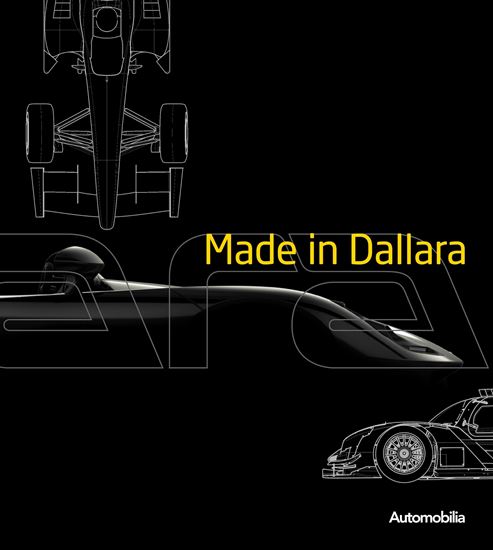
Born in a small garage, in a pure Steve Jobs style, Dallara is today one of the most important companies in the world for the design and construction of racing cars, a true masterpiece of Italian genius. The founder was the engineer Gian Paolo Dallara, a man inextricably linked to his land but able to face international challenges thanks to intuition, a mental form directed to innovation and an extraordinary technical skills. The volume tells a story out of the ordinary and a technologically advanced reality, which bases its success on the enthusiasm and passion of young engineers and on the curiosity of the founder. But it also speaks of the most significant moments and victories and how the future and tradition find a common field of action in the small town of Varano de’ Melegari.
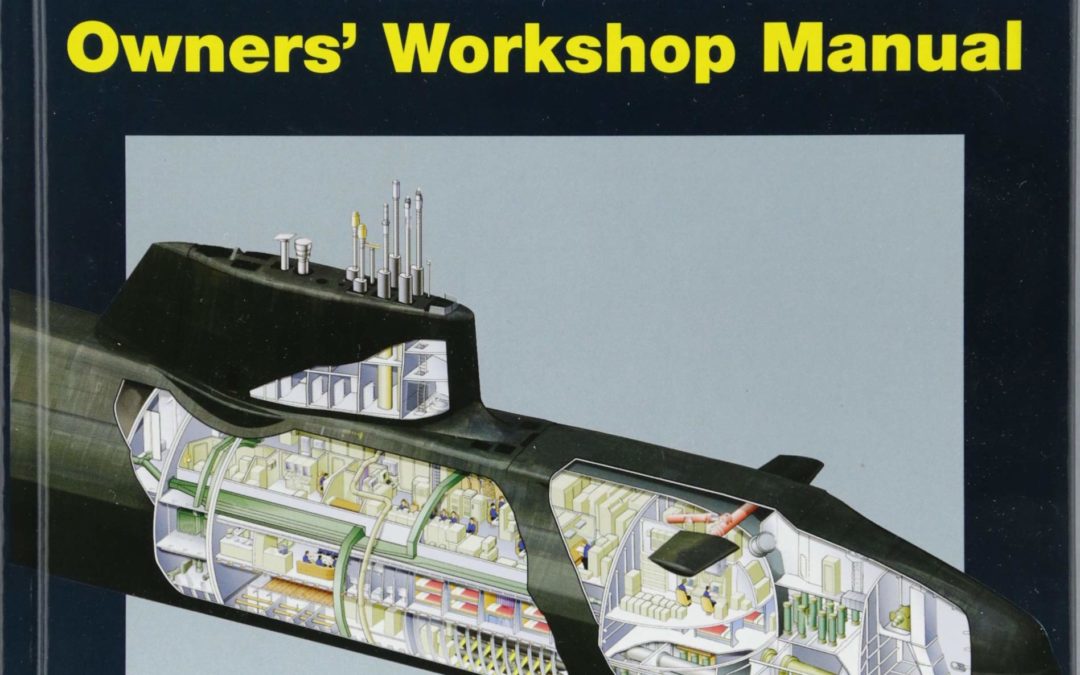
Insights into the design, construction and operation of the most advanced attack submarine ever operated by the Royal Navy
The Astute-class is the largest, most advanced and most powerful attack submarine ever operated by the Royal Navy, combining world-leading sensors, design and weaponry in a versatile vessel. The submarines are nuclear-propelled and fuelled by a nuclear reactor powerful enough to supply a city the size of Southampton. Its advanced technology means the submarines will never need to be refuelled. They employ the latest technology such as the Sonar 2076 that detects the sound of enemy submarines using the largest number of hydrophones ever fitted to a submarine. Linked with powerful onboard electronics these provide the submarines with outstanding sensitivity. The Astute submarines are armed with the latest versions of Spearfish heavy-weight torpedoes and Tomahawk land-attack cruise missiles.
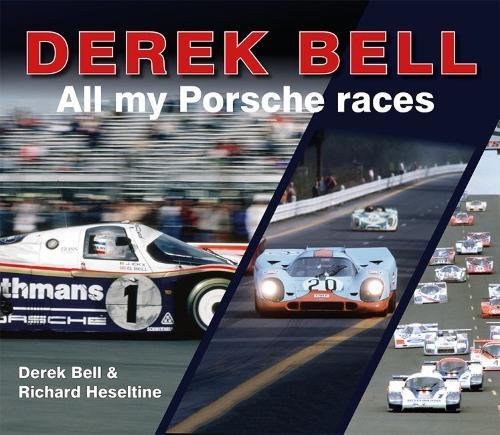
Derek Bell’s name became inextricably linked with that of Porsche during his long and hugely successful career as a racing driver. In this new 276-page book, Bell collaborates with renowned motorsport author Richard Heseltine to give the reader a very personal insight into his experiences racing for the legendary German marque.
The approach taken by this latest publication from Porter Press International is to look at every race Bell drove for Porsche, in detail and with revealing comments from the book’s subject. Light is cast on Bell’s most prestigious victories with Porsche – four of his five in the Le Mans 24 Hours, three in the Daytona 24 Hours, two in the World Sportscar Championship – and many more besides.
Bell describes the Porsches he raced, from the fearsome 917 to the iconic 956, 962, and 911. And he shares his thoughts on the now-legendary drivers he raced with, including six-time Le Mans winner Jacky Ickx, the famously flamboyant Hans Stuck, and two immense talents who lost their lives to the sport, Jo Siffert and Stefan Bellof. The overall effect is a fascinating trip back in time to a golden era for Porsche and sports car racing as a whole.

John K. “Jack” Northrop and the company he founded in 1939, Northrop Aircraft, Inc., will be forever linked with the giant futuristic Flying Wings of the 1940s. But those iconic designs were not the only ideas to spring from the mind of this pioneering visionary and the innovative engineers who followed him. Many piston-powered and turbojet concepts, both conventional and radical in shape and purpose, were proposed and developed over the company’s proud fifty-five year history.
This book unveils Northrop’s once-secret radical designs, many for the first time, with never-before-published drawings, models, and photos of such novel concepts as a ship-based vertical take-off and landing fighter, a supersonic intercontinental cruise missile, a rocket-boosted jet spaceplane trainer, and a radical combination truck/aircraft/boat cargo vehicle. Much of this material has only recently been declassified.
Here for the first time is the untold story of Northrop’s rare, unique, and formerly super-secret aircraft and spacecraft of the future. Featuring stunning original factory artwork, technical drawings, and never-before-seen photographs, this book shows an amazing array of radical high-performance aircraft concepts from Jack Northrop and his team of brilliant and innovative engineers.


